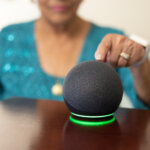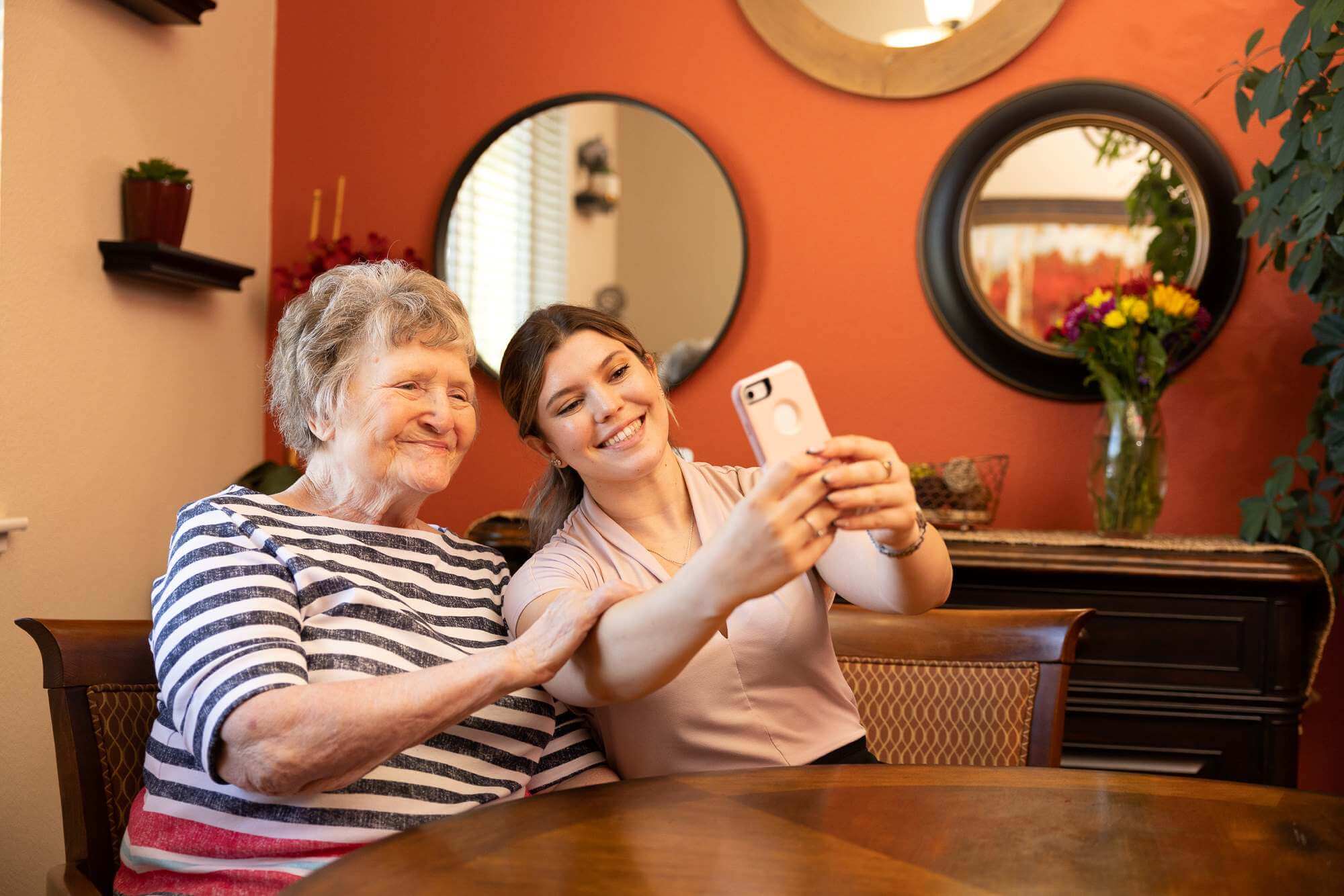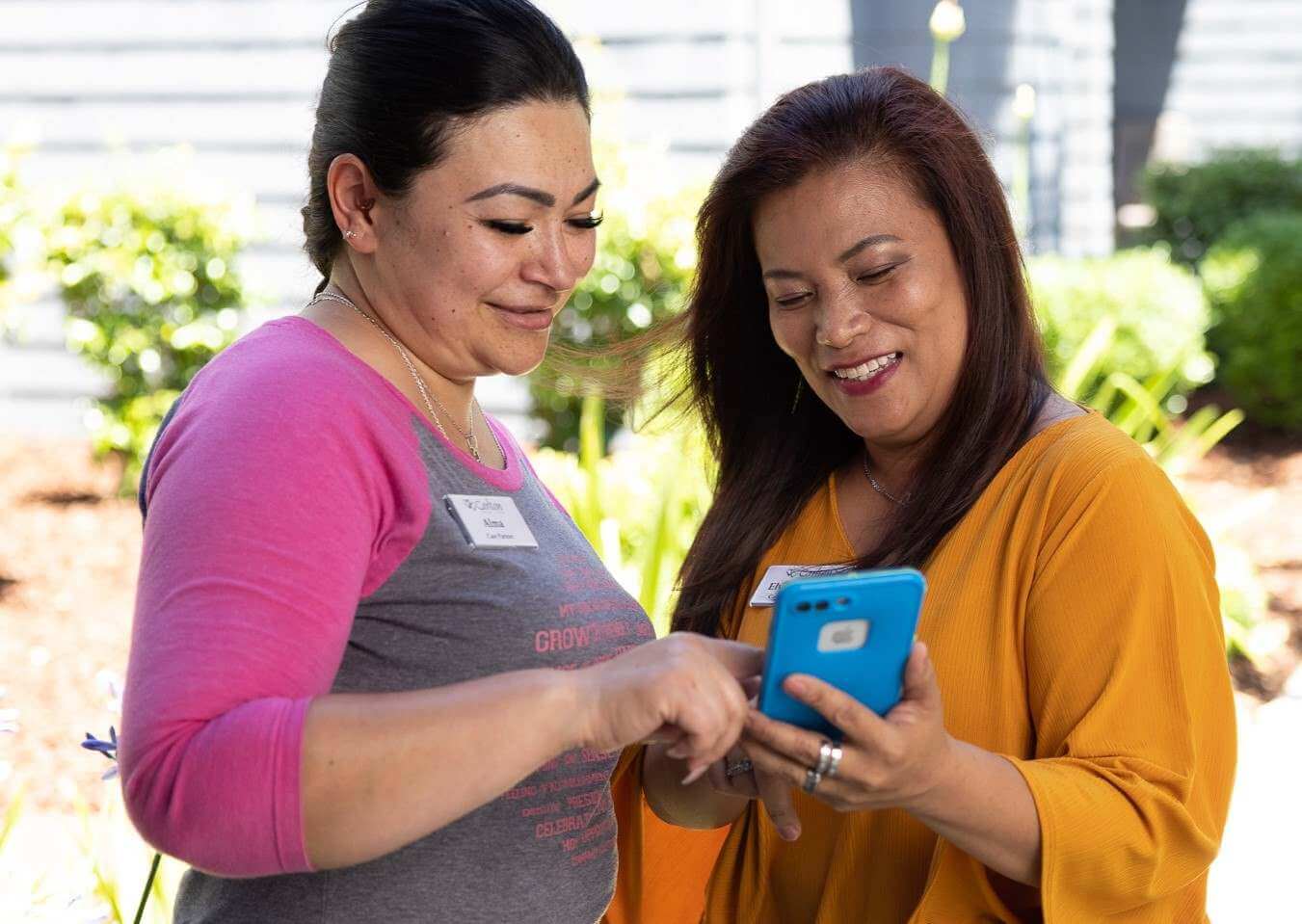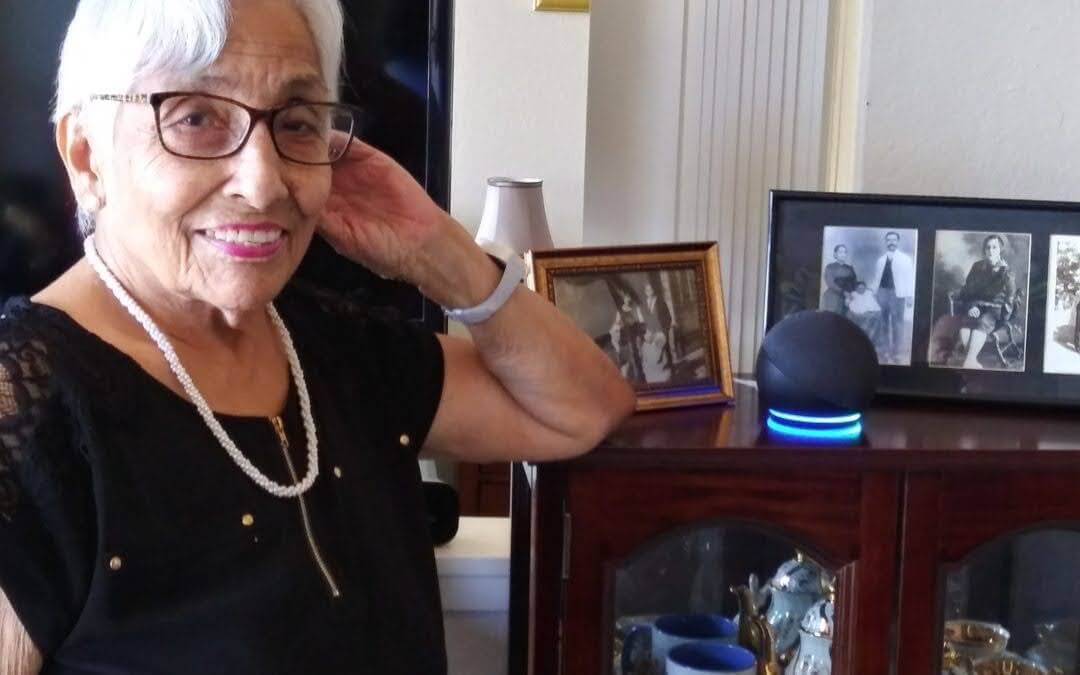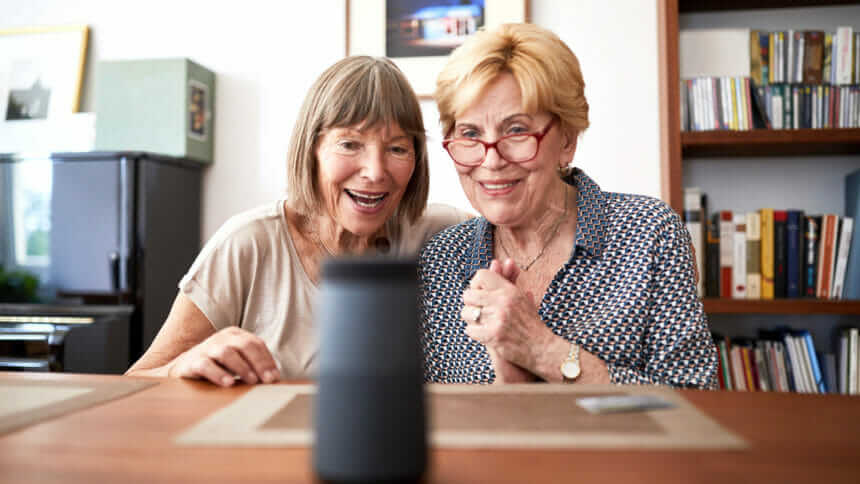Carlton Revolutionizes the Resident Experience with Alexa Technology


 | By
| By
Carlton Senior Living, established in Northern California since 1985, is a prominent provider of assisted living services. The organization operates 11 communities, employing approximately 1500 staff members who are dedicated to caring for around 1500 residents. These communities offer a wide range of living options including memory care, assisted living, and independent living, designed to cater to the various needs of senior residents. Each facility, unique in its design, provides a tailored approach to senior care, ensuring residents receive the support they need in a nurturing environment.
David Coluzzi, serving as the President and CEO of Carlton Senior Living, brings extensive experience in healthcare to his leadership role. With over nine years at Carlton, his background includes leadership positions in rehab hospitals, nursing homes, and assisted living facilities across the United States. Coluzzi’s career has been marked by a commitment to improving senior living through innovative practices and compassionate care.
Watch to Learn More 
Alexa Smart Properties for Senior Living allows residents to easily access information, control smart home features, and connect with staff and family using simple voice commands, thereby aiming to increase convenience for seniors. Furthermore, it provides property managers and caregivers with tools to manage and deliver personalized care and experiences at scale, leveraging Alexa’s capabilities to meet the unique needs of senior living communities.
What are some of the IT trends shaping senior living?
In my experience, the adoption of technology within senior living is not just a trend; it’s a revolution that’s reshaping how we deliver care and services. A pivotal moment for me was observing how restaurants use tablets for ordering, sparking the realization that our communities could benefit significantly from similar technology. We introduced digital systems for meal orders, which not only expedited service but also improved our residents’ engagement and satisfaction. They loved interacting with the kiosks, choosing their meals from pictures, and getting their appetizers and drinks served more quickly.
Moreover, we’ve embraced electronic medication management systems, moving away from the outdated practice of manual record-keeping to automated systems that ensure accuracy and efficiency. This shift to digital medical records and automated scheduling systems has revolutionized how we manage care, allowing our staff to spend less time on paperwork and more time with our residents.
How do you use Alexa Smart Properties at Carlton Senior Living?
Incorporating Alexa into our communities has revolutionized how we interact with and serve our residents. Each resident’s apartment is outfitted with an Amazon Dot, providing them access to a myriad of services and information through simple voice commands. This integration serves multiple purposes, from enhancing daily conveniences to significantly improving our operational efficiencies and resident care quality.
One of the most impactful uses of Alexa has been in automating routine announcements and queries, such as informing residents when mail has arrived, thus drastically reducing the volume of calls to our front desk. This efficiency gain not only frees up our staff for more meaningful engagements with residents but also fosters a sense of independence among our residents, who can now obtain information instantaneously through voice commands.
The role of Alexa extends into dining, where residents can inquire about meal menus or request room service delivery, enhancing their dining experience and reducing the need for traditional, labor-intensive communication methods. This convenience is paralleled in how we manage events and activities within our communities. Alexa facilitates the announcement of scheduled activities, reminds residents of events they’ve signed up for, and even provides updates on activity changes, ensuring residents remain engaged and informed about community life without the hassle of manual check-ins or paper schedules.
A notable instance illustrating the value of Alexa in emergency situations involved a resident who had fallen and was unable to reach a call button or pendant. The resident used Alexa to call the care team for help, demonstrating not only the versatility of this technology in helping to increase resident safety but also its potential in emergency response scenarios. This incident highlights how voice-activated technology can serve as a lifeline, providing residents with a sense of security and immediacy in care response from emergency contacts .
Moreover, the implementation of Alexa has shown tangible returns on investment, particularly in reducing staff overtime and improving care delivery. By minimizing the need for staff to respond to non-emergency calls or perform routine inquiries, we’ve been able to allocate our resources more effectively, focusing on direct care and enhancing resident satisfaction. The real-time tracking and documentation capabilities of Alexa further streamline our care processes, allowing for accurate billing and reducing administrative overhead.
In summary, the adoption of Alexa within Carlton Senior Living not only exemplifies our commitment to leveraging technology for better care delivery and operational efficiency but also underscores our dedication to enhancing the quality of life for our residents through innovative solutions.
How do you see technologies like Alexa powered by artificial intelligence shaping the future of senior living?
As we look ahead, I’m particularly excited about the potential for non-intrusive safety and monitoring technologies, to play a larger role in senior care. This could mean a world where the safety of residents, particularly those with dementia, is ensured without the need for them to wear any devices. It’s about balancing safety with dignity and independence.
In addition, the further integration of smart home technology into our communities is on the horizon. Starting with voice-controlled lighting to mitigate the risk of falls at night, we’re exploring how other smart devices can improve comfort and safety. Imagine the peace of mind and convenience for a resident being able to adjust their room temperature, close their blinds, or turn on the light without having to move an inch. It’s these advancements that I believe will continue to revolutionize senior living, making our communities not just places to live, but places to thrive.

